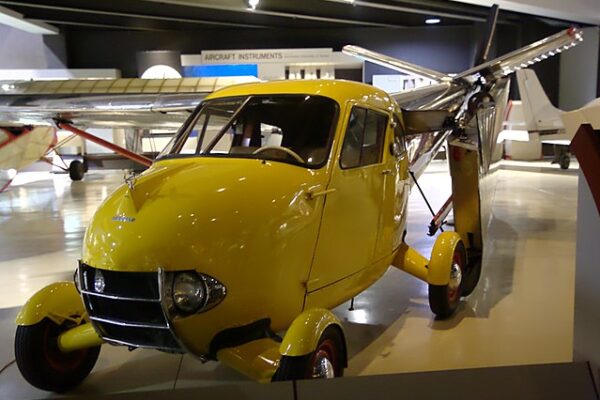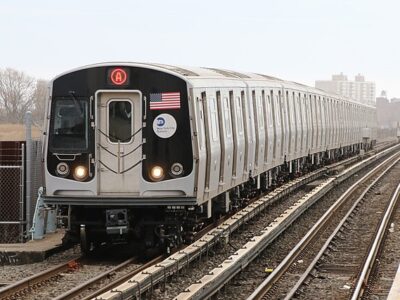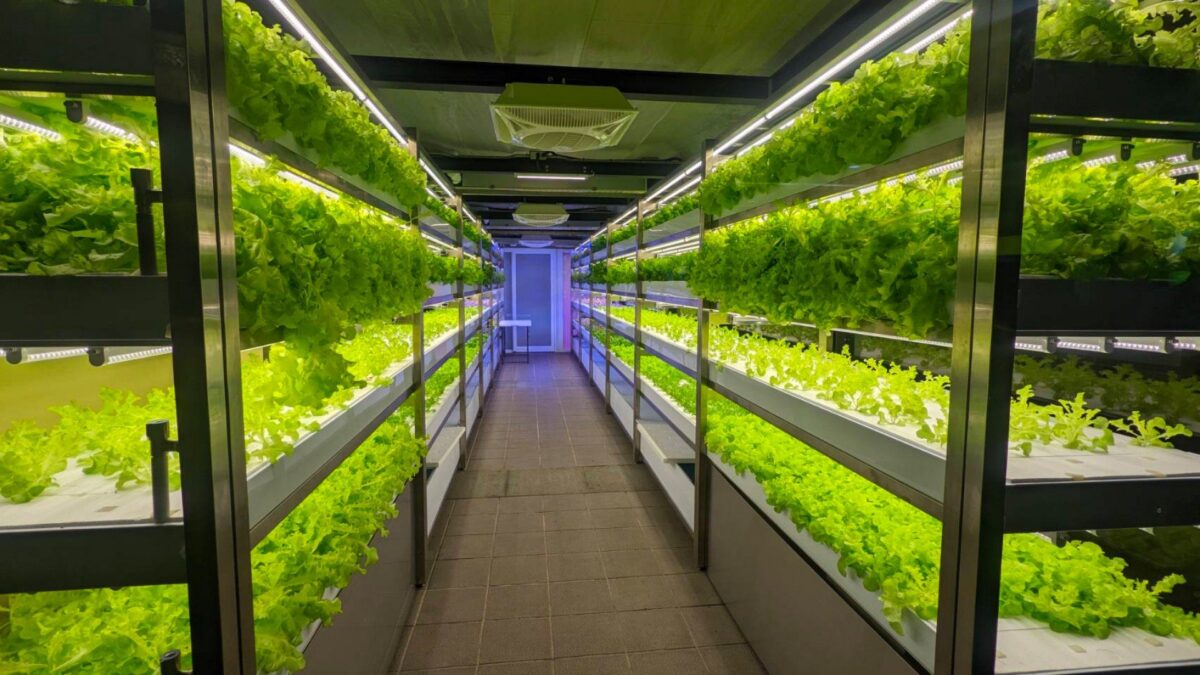
Many Americans growing up in the 1960s dreamed of traveling to work like George Jetson using his “aerocar.” Small and aerodynamic, his aircraft has a bubble-like cabin for passengers and is capable of vertical takeoff and landing, allowing George to navigate the futuristic cityscape of Orbit City.
That dream may soon become a reality. Next time you hail a taxi or use the Uber app, you might have the option to fly instead.
In a document published on Tuesday, the Federal Aviation Administration outlined the steps that it and others need to take to usher in a competitive air taxi market in at least one location by 2028 with limited operations starting as early as 2025. The vehicles look like small airplanes or helicopters and can take off and land vertically, allowing them to operate from the middle of cities, whisking people to airports or vacation destinations like the Hamptons in New York or Cape Cod in Massachusetts, writes The New York Times.
The F.A.A.’s plan is notable because it reflects confidence that the technology is only a few years away, and because it comes from the agency that will oversee certification of the aircraft as well as the rules that pilots and companies must follow.
“These things will be coming on the scene, and our job is to try and be ahead of the curve,” said Paul Fontaine, an assistant F.A.A. administrator who oversees the modernization of the air transportation system. The plan is intended to serve as a guide for introducing the aircraft in a way that is predictable and routine, the agency said.
Creating the conditions for air taxis to zip above one or more cities by 2028 will be no small task, and aircraft manufacturers will need the help of many others besides the F.A.A., including other federal agencies and state and local governments.
The newspaper noted that despite federal approval, there will still be plenty of local objections flying taxis taking up airspace. The concept of air taxis is often associated with autonomous or semi-autonomous operations, where the vehicle is capable of flying and navigating without a human pilot.
Several companies and startups, as well as major aerospace manufacturers, have developed air taxi prototypes and working towards making them a viable mode of transportation. These vehicles are designed to be quiet, efficient, and environmentally friendly, with the goal of reducing carbon emissions and noise pollution compared to traditional aircraft or helicopters.
While air taxis are an exciting concept with the potential to revolutionize urban transportation, there are still numerous technical and infrastructure challenges to overcome before they become widely available and integrated into existing transportation systems.
With the FAA on board, however, it looks like one major hurdle to living like The Jetsons has been taken down.










Mass produce when doable
No pilot training req.
Need Heliports for landing & takeoff